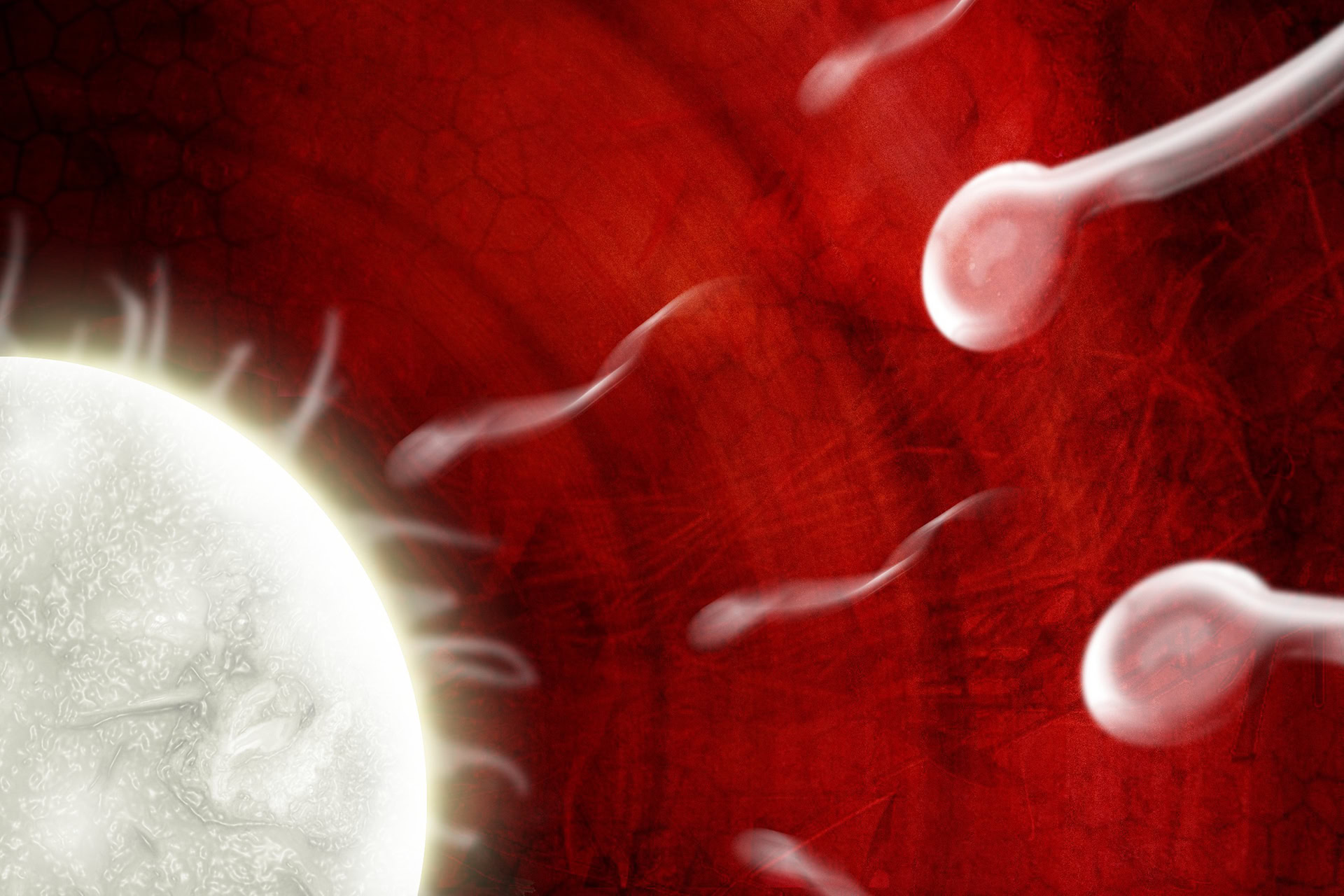The National Gamete Donation Trust (NGDT) has never believed that removal of anonymity in the UK caused the decline in sperm donor numbers. As we said in a previous BioNews commentary: 'It is important to remember that, with or without the removal of anonymity, there have never been enough gamete donors in the UK to meet the demand. One of the main problems continues to be lack of awareness' (BioNews, 7 August 2006).
In the same commentary we called for a 'can-do' attitude and referred to the clinics that have done well in recruiting. However, a year down the line we can only draw one conclusion. Whilst the model of donor recruitment of successful clinics can be emulated, it isn't. Furthermore, even at their most successful, it is highly unlikely that the handful of clinics that have done well in recruiting sperm donors would be able to satisfy the national requirement, which is estimated to be 500 donors at any given moment. There is a shortage and without a national approach we will continue to have one.
The Department of Health-funded 'Give Life Give Hope' campaign (2005), which coincided with the announcement of the removal of anonymity, allowed the NGDT to measure responses. We learnt that men who responded well to the campaign were in their thirties, avid users of the Internet and hardly ever responded to just one message alone. We also learnt that getting the message across is a very expensive exercise. The advice we were given was that we should expect to spend on average £100,000 per year on public relations in addition to a skilled full time public relations staff member. A start-up advertising campaign would cost £500,000 for magazine advertising, £50,000 for radio and, if possible, TV at about £1m. Each year thereafter we should expect to spend £500,000.
So when we were approached by BDP Creative, who were interested in exploring and demonstrating the benefits of a digital viral marketing campaign, we were excited. It combined some of the points we had seen in the earlier campaign and it was aimed at our target market. They were looking for an interesting public service project to which they could bring their unique skills. Viral marketing facilitates and encourages people to pass along a marketing message. If a large percentage of recipients forward something to a large number of friends, the overall growth snowballs very quickly. If the pass- along numbers get too low, the overall growth quickly fizzles. For viral marketing to work, the initial message is required to capture the imagination of so many people that they pass it on to their friends by email. For marketing purposes, humour or eccentricity is often the key.
Our immediate reaction was to be cautious. It was obvious to all of us that this was likely to be sensitive. Also, as was recognised in a BioNews commentary published on 20 March 2007, the NGDT has been working hard to change the image of sperm donation and has made real progress together with the clinics. We would not want to tarnish the good work that has been done and we continue to be involved with. However, as our discussions progressed, discussions which included parents of donor conceived (DC) children, we decided that it was worth trying. We felt that the opportunity to address such a wide and otherwise new audience and get over the message justified a slightly over the top approach. We have to communicate with potential donors in a way that reaches them as they are, not how we would like them to be. We wanted to harness the typical and immediate response of the general public to work to our advantage, rather than be put off by it.
The purpose of the new campaign is threefold. Firstly, we are hoping to raise awareness of the need for sperm donation amongst young men, particularly amongst those whom we cannot reach by our normal methods, in the hope that a proportion of the older ones, in their mid to late thirties, will come forward in the nearish future. Our second purpose comes from our observation that people try new and interesting activities because they have heard of them over a period of time from a variety of independent sources. Typically, we might have read an article about something; a little bit later we see a documentary on the subject so that when a friend raves about it we decide to give it a try. So our other purpose, and perhaps the most important, is to plant the seed of the idea amongst the target group so that if and when one or more further triggers arise during the next few years, the seed will germinate into the act of donation. Finally the third purpose was to generate a debate on the issues in the wider media.
We do not believe that this campaign affects the altruistic nature of donation, that is, the kindness of the kind man. No one will donate because they think our campaign is funny; only those who take the bait, read on and get the message. Potential sperm donors that contact the National Office receive a full information pack with practical, legal and medical information. Initial follow-up calls suggest that these men did get the message, and a substantial percentage have actually decided to go on and contact a clinic. Regardless of what message made the potential sperm donor contact a clinic or the NGDT, we believe a donor is a very special, caring and committed person.
Due to a variety of circumstances, there is a lot of talk, not enough action and little money for organisations like ourselves. We are therefore grateful to be given this opportunity by BDP Creative. This campaign - which has cost the NGDT, the sector and the tax payer no money at all - has spurred over 100 potential sperm donors (with an average age of 26.8) to contact the NGDT in just over two weeks. Clinics have reported an increase in enquiries as well. The campaign 'Give Life Give Hope', attracted the same number of enquiries in double the time.
Finally, we'd like to quote Richard, a DC father (who was asked his views as the campaign was developed): 'It is all very well pussyfooting around the subject matter, trying to avoid upsetting the sensitivities of those that do not approve of DC in principle or to look at the present situation and say that the NGDT are undoing years of work to remove the stigma of donating when the current shortage of donors does not directly affect you. The reality is that those many years of work have simply not delivered results'.





Leave a Reply
You must be logged in to post a comment.